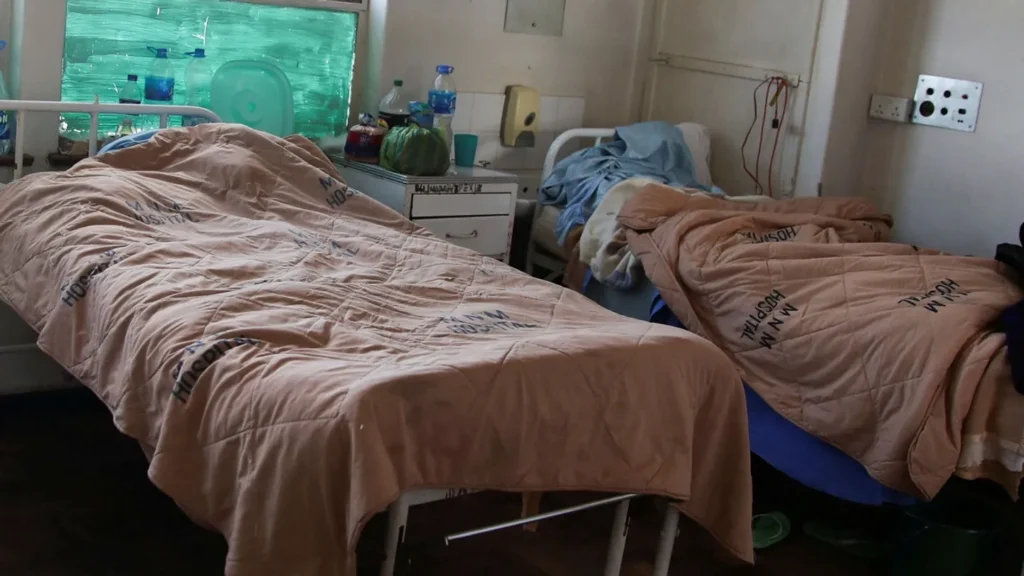
A conservation group has captured photographic proof of a female lion in northeastern Central African Republic for the first time in six years.
The Wildlife Conservation Society (WCS) called the discovery a “critical milestone” in the recovery of lions across the region. Previously, camera traps recorded only male lions, with no signs of breeding females or cubs, WCS said in a Thursday statement.
The image, taken in Bamingui-Bangoran National Park, shows a lactating lioness, suggesting she has cubs—a hopeful sign of population resilience. WCS estimates the lion population in northeastern CAR numbers only a few dozen, underscoring how rare the sighting is.
Luke Hunter, WCS’s Big Cats Programme executive director, noted the habitat remains largely intact with low human presence, offering recovery potential. However, the region faces severe threats including ivory poaching, commercial bushmeat hunting, and illegal resource extraction, the group warned.
These dangers are worsened by armed groups and ongoing regional insecurity, complicating conservation efforts. The image of the lioness offers a rare beacon of hope amid these challenges, signalling possible rebirth for the species in this fragile wilderness.
WCS urges continued protection and vigilance to safeguard this critical habitat and its vulnerable wildlife population. The lioness’s return could mark a turning point for wildlife conservation in the Central African Republic’s troubled northeast.




